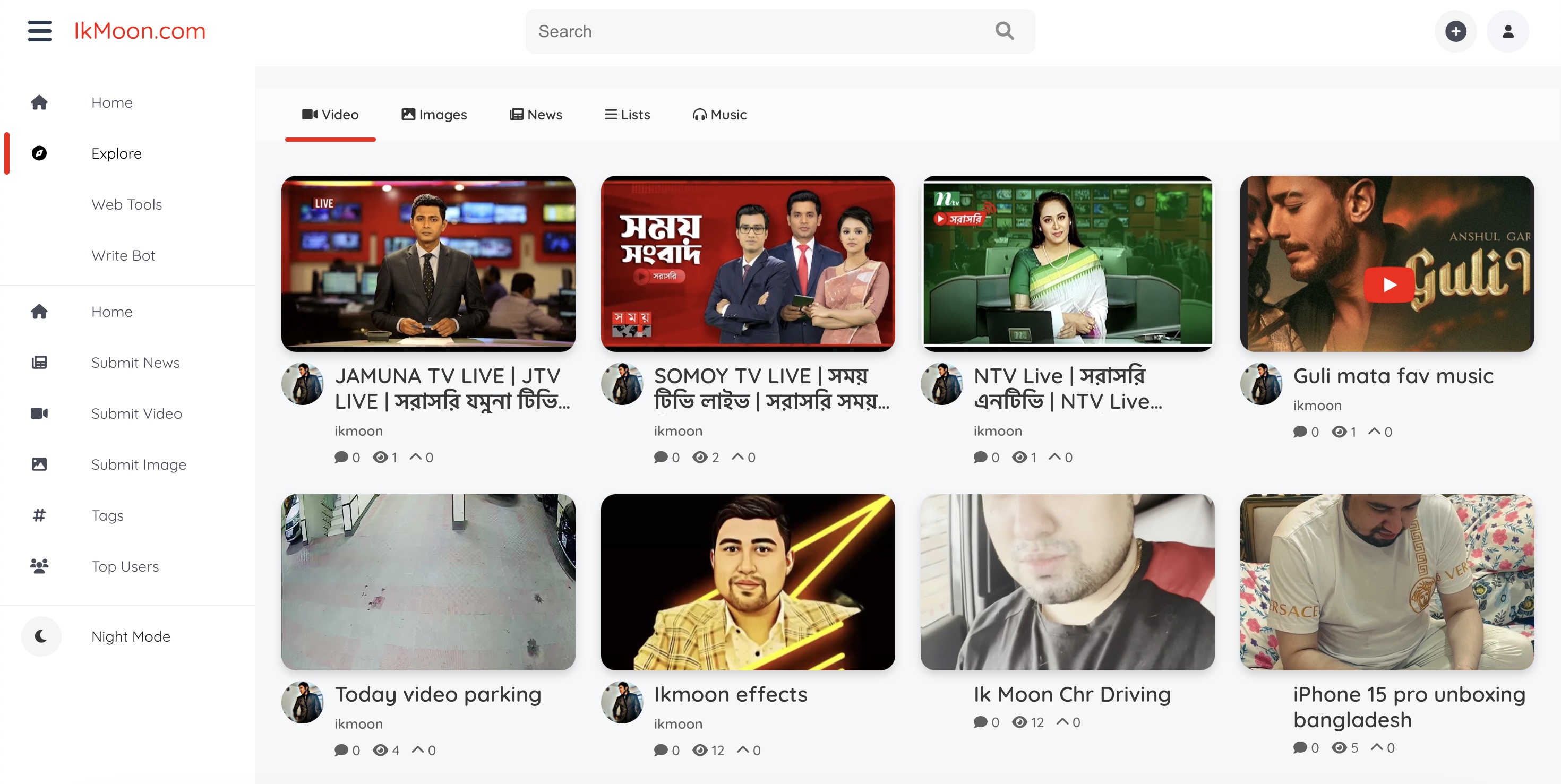China’s $1.3T market rally casts shadow on PBOC rate cuts
The post China’s $1.3T market rally casts shadow on PBOC rate cuts appeared on BitcoinEthereumNews.com. China’s stock market has recently risen by nearly $1.3 trillion. That sharp increase in August caught analysts off guard. Instead of proof of a strong economy, the rally is now seen as the reward of free money and margin loans. Officials in Beijing are worried. Policymakers are haunted by the wreckage of the market crash of 2015, when $6.8 trillion worth of value was wiped out. The memory of that collapse now informs how regulators treat the current boom. The central bank, the People’s Bank of China (PBOC), was expected to cut another rate and perhaps reduce the reserve requirement ratio (RRR) from banks before the end of the year. But the rally has complicated that outlook. “Liquidity could be the primary factor driving the ongoing rally of China equities,” said Yu Xiangrong, head of Greater China economics at Citi. “There is no need to fuel the rally further at this stage.” Regulators move to contain risks The PBOC and market regulators aren’t being idle either. Reports indicate they are also looking to make rules on margin financing stricter, a business that reached a record 2.3 trillion yuan, or $322 billion, this month. One of the major factors leading to volatility has been heavy use of leverage. Other possible steps involve changing short-selling limits and tightening controls over speculative trading. The goal is to keep the market steady, without inciting panic. The rally, however, has not been evenly distributed. Most buying is from state-backed funds and large institutions, not retail investors. That contrasts with 2015, when individual investors flocked to stocks, exacerbating the crash. The central bank finds itself in a policy bind. On one hand, it is an economy slowing down. China faces a new trade war with the U.S., weakened confidence in the property sector, and feeble consumer…

The post China’s $1.3T market rally casts shadow on PBOC rate cuts appeared on BitcoinEthereumNews.com.
China’s stock market has recently risen by nearly $1.3 trillion. That sharp increase in August caught analysts off guard. Instead of proof of a strong economy, the rally is now seen as the reward of free money and margin loans. Officials in Beijing are worried. Policymakers are haunted by the wreckage of the market crash of 2015, when $6.8 trillion worth of value was wiped out. The memory of that collapse now informs how regulators treat the current boom. The central bank, the People’s Bank of China (PBOC), was expected to cut another rate and perhaps reduce the reserve requirement ratio (RRR) from banks before the end of the year. But the rally has complicated that outlook. “Liquidity could be the primary factor driving the ongoing rally of China equities,” said Yu Xiangrong, head of Greater China economics at Citi. “There is no need to fuel the rally further at this stage.” Regulators move to contain risks The PBOC and market regulators aren’t being idle either. Reports indicate they are also looking to make rules on margin financing stricter, a business that reached a record 2.3 trillion yuan, or $322 billion, this month. One of the major factors leading to volatility has been heavy use of leverage. Other possible steps involve changing short-selling limits and tightening controls over speculative trading. The goal is to keep the market steady, without inciting panic. The rally, however, has not been evenly distributed. Most buying is from state-backed funds and large institutions, not retail investors. That contrasts with 2015, when individual investors flocked to stocks, exacerbating the crash. The central bank finds itself in a policy bind. On one hand, it is an economy slowing down. China faces a new trade war with the U.S., weakened confidence in the property sector, and feeble consumer…
What's Your Reaction?




































